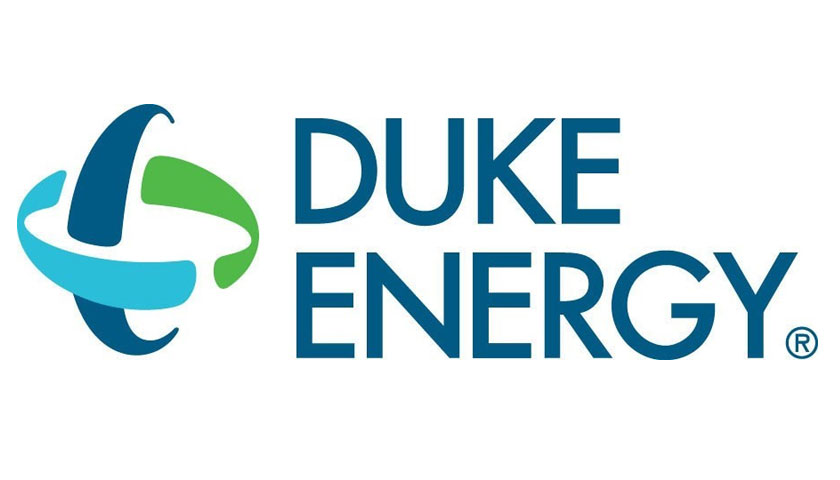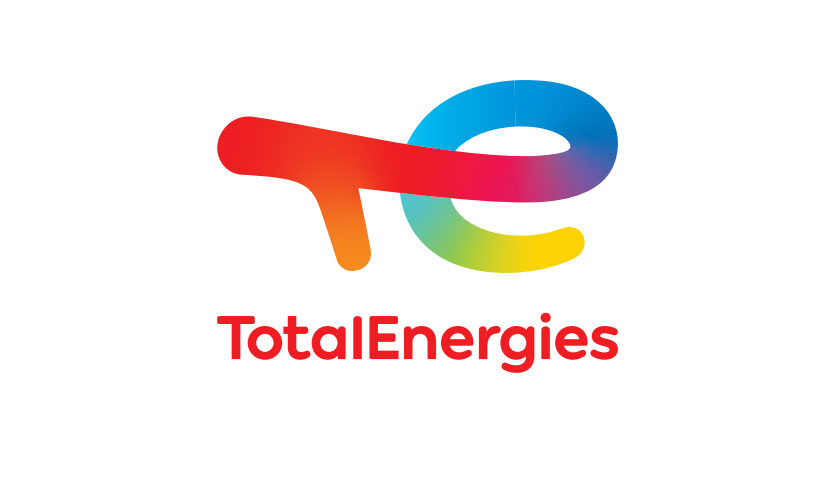Duke Energy had its best year ever for adding renewable energy as the company posted a 20% jump in wind and solar power in 2021.
This information, along with large amounts of other data and insights, was detailed in Duke Energy’s comprehensive ESG Report (formerly Sustainability Report), the company’s 16th annual disclosure on environment, social and governance (ESG) topics. (Watch a video about the report.)
“ESG is essential to who we are,” said Katherine Neebe, Duke Energy’s chief sustainability officer and president, Duke Energy Foundation. “Our ESG strategy is focused on how we create value while at the same time mitigate the risks associated with our business. As we lead the most ambitious clean energy transition in our industry, we will continue to track and report our progress.”
One of the company’s goals is to own, operate or contract for 16,000 megawatts (MWs) of renewable energy by 2025. During 2021, the company went from almost 8,800 MWs of wind and solar at the end of 2020 to just over 10,500 MWs by the end of 2021.
The leading states for Duke Energy’s renewable energy increase in 2021:
- North Carolina – 436 MW
- Florida – 429 MW
- Oklahoma – 351 MW
- Texas – 332 MW
Renewable energy is an important part of Duke Energy’s effort to reduce carbon emissions from electric generation by at least 50% (based on 2005 levels) by 2030 and net-zero by 2050. This trajectory is supported by over 50% of Duke Energy’s generation mix coming from carbon-free resources by 2030.
The company has reduced Scope 1 carbon emissions from electricity generation by 44% since 2005. In addition, earlier this year the company announced expanded 2050 net-zero carbon emissions goals to include Scope 2 and certain Scope 3 emissions, and to have coal represent less than 5% of the generation mix by 2030 and a full exit by 2035.
Other report highlights and insights:
- Duke Energy continues to decarbonize to meet its climate goals. This includes a focus on methane detection and reduction of emissions, using advanced detection methods such as satellites, fixed-wing aircraft and ground-level sensing technology, promoting renewable natural gas and the transition to electric and low-emission vehicles.
- Duke Energy continues to offer excellent value to customers with high reliability and provide customers with energy efficiency tools. In addition, a team is in place to better aid underserved and low-income customers gain access to assistance needed to help with energy bills.
- The company’s economic development team helped attract nearly 12,500 new jobs and $6.2 billion in capital investment to its service territories.
- Environmental justice is a business imperative, fundamental to the company’s operations and a pillar of meaningful stakeholder engagement. The company published the principles that guide its work. In addition, information on how the company navigates the largest planned coal retirement in the industry in a way that is fair, equitable and just for employees, communities and customers is included.
- Human capital management highlights include: 2021 was the company’s most diverse recruiting year to date with 35% female new hires and 34% people of color new hires. A pay equity study was conducted to ensure pay is fair and competitive and 2021 EEO1 data is included in workforce performance metrics.
- The company launched a sustainable financing framework to help attract billions of dollars of investments in eligible green and social projects. Duke Energy has a $63 billion capex plan over the next five years – over 80% of which represents investments toward our clean energy transition and grid modernization.
- The company has published its second Trade Association Climate Review, linking it within the ESG Report. This report discusses the alignment of our climate position with major federal trade associations.



